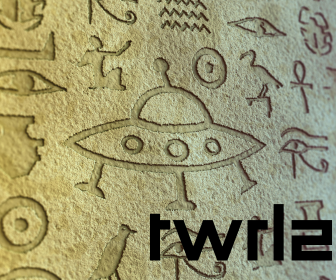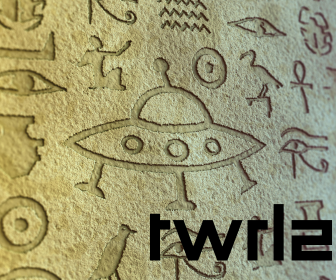Mummified Ibis Fraud at Saqqara
During Egypt's Ptolemaic period, pilgrims would make their way to Saqqara (outside of modern-day Cairo) to visit the tomb of Imhotep. While there, they would purchase mummified ibis birds to leave as offerings. But often the mummified ibises they purchased were frauds. Details from The Secret of the Great Pyramid (2008) by Bob Brier and Jean-Pierre Houdin: We know from ancient writings that two thousand years after his death, when he was worshipped as the god of healing, Imhotep's tomb was a pilgrimage site, like Lourdes in France, visited by the sick in search of miraculous cures. Pilgrims came from all over Egypt — and when they finally reached Saqqara they were greeted by vendors selling mummified ibises. The ibis was sacred to Imhotep, so the idea was that if you bought one of these birds and left it as an offering at Imhotep's tomb, he would be pleased and cure you. The mummified ibis trade was big business and thousands of these birds were raised in captivity, sacrificed, mummified, wrapped, and then placed in clay pots to be sold to the pilgrims. Because the mummies were wrapped and in pots, the hopeful traveler was buying a "pig in a poke." He had no idea what was inside the offering he had just purchased, and was often cheated. When we study mummies we rarely unwrap them — X-rays and CAT scans are nondestructive and quite revealing. Often, beautiful wrappings conceal just a bundle of rags and a few random animal bones, but no ibis. Hor, the priest in charge of the animal offerings at Saqqara, complained of the fraud. He wanted "a god in every pot!" Mummified ibis from Saqqarasource: National Museums Liverpool

The mummified ibis trade was big business and thousands of these birds were raised in captivity, sacrificed, mummified, wrapped, and then placed in clay pots to be sold to the pilgrims. Because the mummies were wrapped and in pots, the hopeful traveler was buying a "pig in a poke." He had no idea what was inside the offering he had just purchased, and was often cheated. When we study mummies we rarely unwrap them — X-rays and CAT scans are nondestructive and quite revealing. Often, beautiful wrappings conceal just a bundle of rags and a few random animal bones, but no ibis. Hor, the priest in charge of the animal offerings at Saqqara, complained of the fraud. He wanted "a god in every pot!"

Mummified ibis from Saqqara
source: National Museums Liverpool
What's Your Reaction?







































